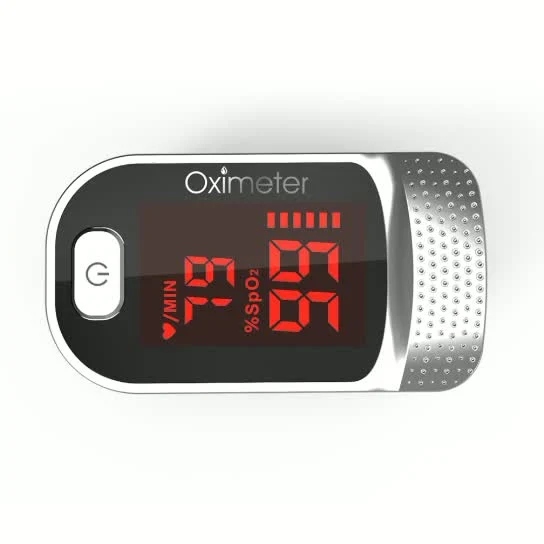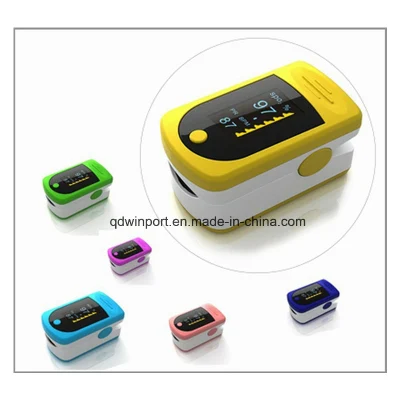
Fingertip Pulse Oximeter with CE (FPO301)
Feature:±4% accuracy even under 0.1% of low perfusion.Light weight,easy operation.OLED color screen,SpO2 wave form.Autom;
Basic Info.
| Model NO. | FPO301 |
| Delivery | Within 7 Days After Payment |
| OEM | Avaliable |
| Automatic 4 Diectrions Screen Rotation | Yes |
| Parameter | SpO2, Pr |
| SpO2 Wave Form | Yes |
| Color | Deepblue,Green,Lightblue,Pink,Purple,Yellow |
| Screen | OLED |
| Transport Package | Color Box |
| Specification | CE, ISO13485 |
| Trademark | OEM |
| Origin | China |
| HS Code | 90189090 |
| Production Capacity | 50000PCS/Month |
Product Description
Feature:±4% accuracy even under 0.1% of low perfusion.Light weight,easy operation.OLED color screen,SpO2 wave form.Automatic 4 diectrions screen rotation.Acutomatically power off after 20s iding.manual alarm setingParameters: SpO2,PR
| Oxyhemoglobin saturation(Spo2) | Patient type: apply to all except infants and neonatesMeasurement range: 36-99%Resolution: ±1%Accuracy: ±2% during 70-80% |
| Pulse rate(PR) | Measurement range: 30BPM-250BPMResolution: 1BPMAccuracy: 1% or 1BPM |
Model:FPO301
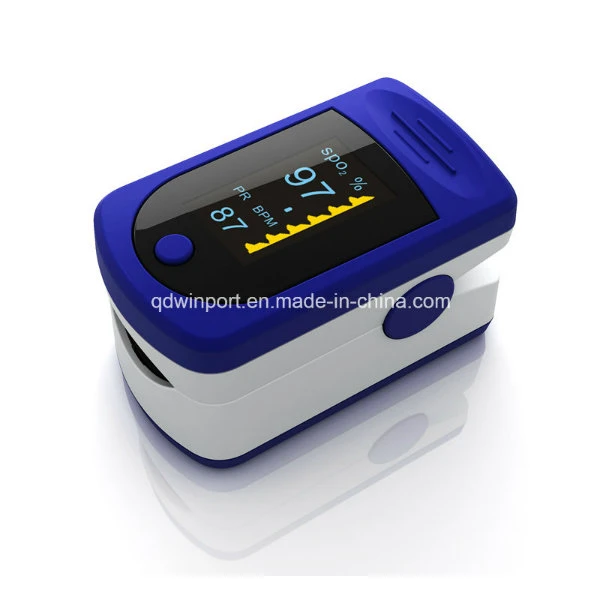
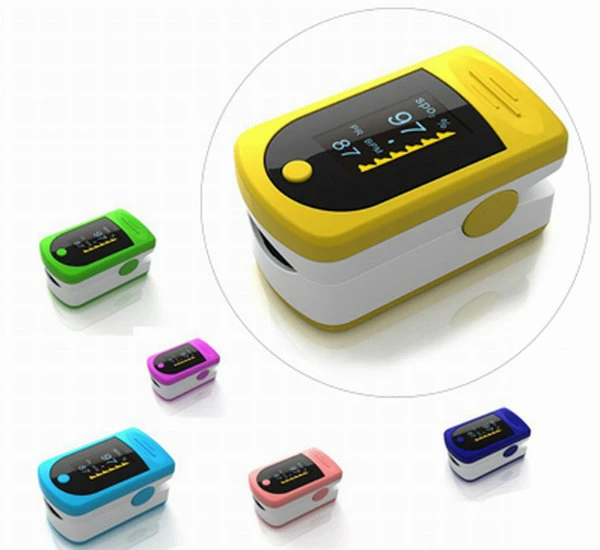
Model: FPO302
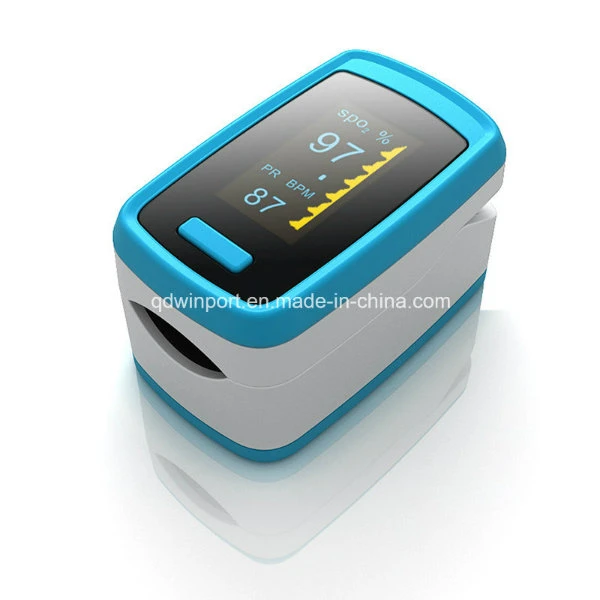
Model: FPO303(specular surface)
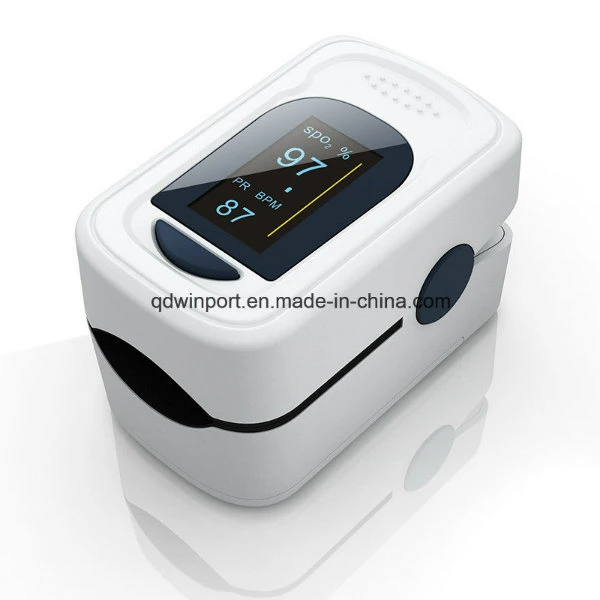
A pulse oximeter is a medical device that indirectly monitors the oxygen saturation of a patient's blood (as opposed to measuring oxygen saturation directly through a blood sample) and changes in blood volume in the skin, producing aphotoplethysmogram. The pulse oximeter may be incorporated into a multiparameter patient monitor. Most monitors also display the pulse rate. Portable, battery-operated pulse oximeters are also available for transport or home blood-oxygen monitoring.AdvantagesPulse oximetry is particularly convenient for noninvasive continuous measurement of blood oxygen saturation. In contrast, blood gas levels must otherwise be determined in a laboratory on a drawn blood sample. Pulse oximetry is useful in any setting where a patient's oxygenation is unstable, including intensive care, operating, recovery, emergency and hospital ward settings, pilots in unpressurized aircraft, for assessment of any patient's oxygenation, and determining the effectiveness of or need for supplemental oxygen. Although a pulse oximeter is used to monitor oxygenation, it cannot determine the metabolism of oxygen, or the amount of oxygen being used by a patient. For this purpose, it is necessary to also measure carbon dioxide (CO2) levels. It is possible that it can also be used to detect abnormalities in ventilation. However, the use of a pulse oximeter to detect hypoventilation is impaired with the use of supplemental oxygen, as it is only when patients breathe room air that abnormalities in respiratory function can be detected reliably with its use. Therefore, the routine administration of supplemental oxygen may be unwarranted if the patient is able to maintain adequate oxygenation in room air, since it can result in hypoventilation going undetected.Because of their simplicity of use and the ability to provide continuous and immediate oxygen saturation values, pulse oximeters are of critical importance inemergency medicine and are also very useful for patients with respiratory or cardiac problems, especially COPD, or for diagnosis of some sleep disorders such asapnea and hypopnea. Portable battery-operated pulse oximeters are useful for pilots operating in a non-pressurized aircraft above 10,000 feet (12,500 feet in the U.S.) where supplemental oxygen is required. Portable pulse oximeters are also useful for mountain climbers and athletes whose oxygen levels may decrease at high altitudes or with exercise. Some portable pulse oximeters employ software that charts a patient's blood oxygen and pulse, serving as a reminder to check blood oxygen levels.
You may also like
Send inquiry
Send now




